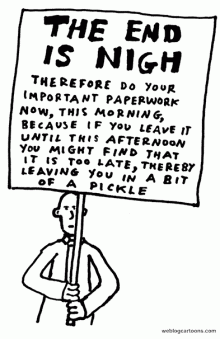This guest post is written by Amy Johnson, a fourth and fifth grade teacher in Longview Public Schools. In it, Amy describes the how Teaching American History Grant support influenced her teaching and has improved her district.
Sadly, our Teaching American History grant is coming to an end…but the impact and inspiration this project has had on me and numerous others will keep the work alive. Reflecting on the opportunities during the past three years as a collaborator, a teacher and a learner I am forever grateful to have been a part of such a program. The professionalism, the high level of collaboration, and the friendships made with fellow educators have forever changed me.
Starting out three years ago, little did I know what a huge impact the TAH grant, with a group of middle school teachers, would have on me professionally and personally. Experiencing, Causes of Conflict: The American Civil War, in 2009-2010 was just the beginning of the journey for me. Lesson study, with a group of fellow teachers as collaborators, introduced me to lesson design and analysis for the very first time. Again, little did I know the process would become a passion. Because of this project and the collaborative spirit, brilliant pieces of student work emerged…evidence of student learning beyond what I thought possible. I became a learner in this process and was moved by the experiences during my first year because I saw results and excitement in my students.
As the TAH grant moved into 2010-2011, Causes of Conflict: The American Revolution, once again I found myself immersed in lesson study and design. In a group of fellow elementary teachers I was confident, taking risks to create even more engaging opportunities for my students. It was at this point I realized how much I became a learner too…I was learning about the birth of our nation in Boston. As an American it was a personal experience. This experience excited me and I couldn’t wait to bring back to my students. I was living a moment in history and I was able to give it life in my classroom. Again, it paid off. Because I lived it…student engagement and evidence of student learning skyrocketed. And, then something special and unique happened. We became a close cohort group of teachers who could collaborate in an atmosphere of trust. As a group we found ourselves naturally collaborating and creating engaging lessons for our students. It was exhilarating and had such power professionally. I am changed.
As this chapter closes I know with confidence the work started seven years ago continues.
Amy moved from a recipient of professional development recipient to a pd leader when she organized a Library of Congress TPS workshop for her district earlier this month. Her students and her district are lucky to have her! Teaching American History grants made a real difference for thousands of teachers and their students and will be missed.










